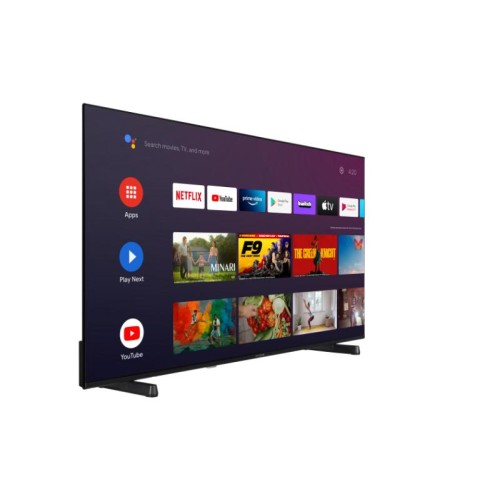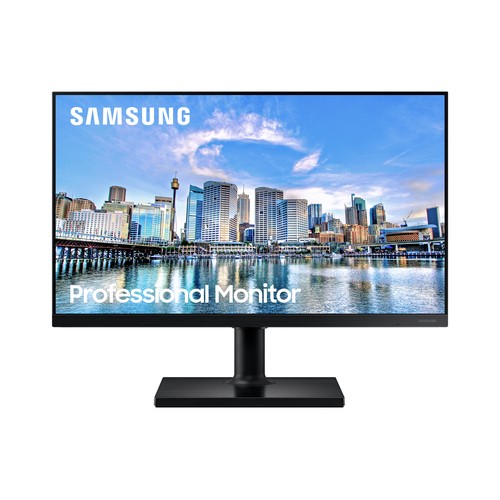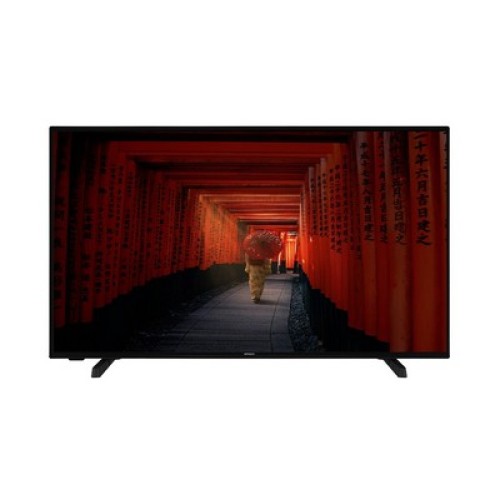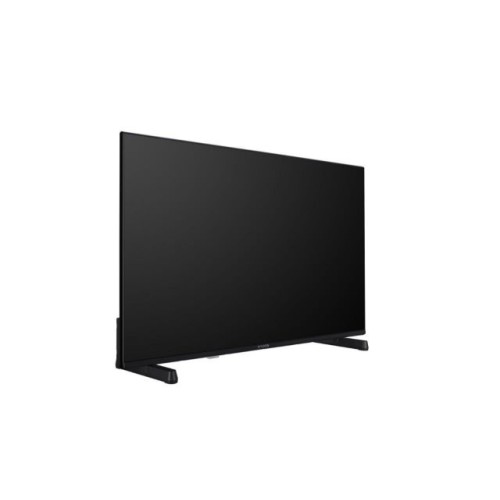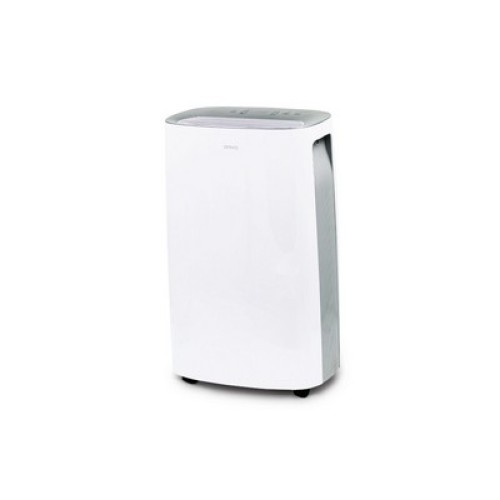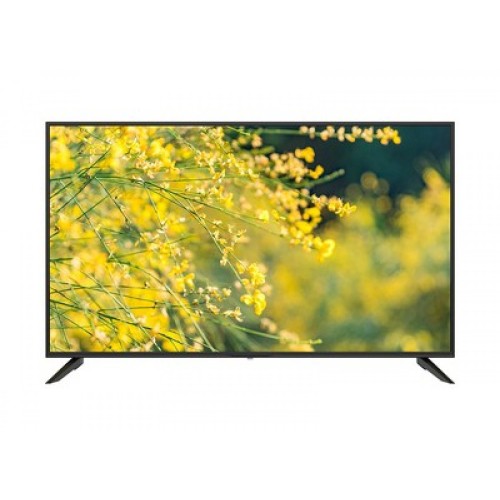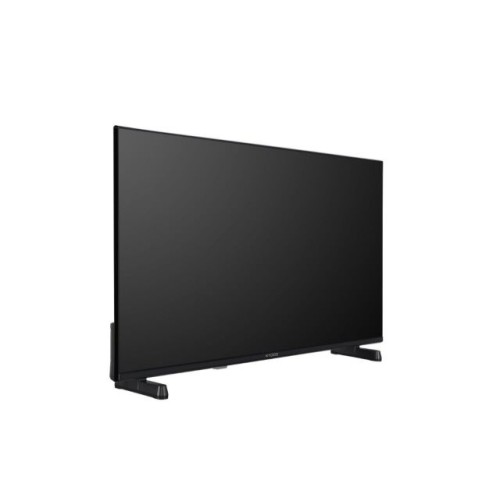4K Ultra HD The resolution of the TV is 4K Ultra HD. 4K Ultra HD TVs are aimed at consumers who are looking for a higher image quality and viewing experience compared to TVs with lower resolutions, such as Full HD or HD Ready. 4K Ultra HD resolution, which amounts to 3840 x 2160 pixels, offers very high image quality, focusing on detail. These TVs are suitable for watching movies, sporting events, Gaming and other entertainment activities that require quality images. Additionally, these TVs are suitable for use on computers and for modern games with high resolution requirements. They are usually aimed at consumers who want the best possible viewing experience and are ready to invest in a high-quality TV. QLED The TV panel is QLED. QLED (Quantum dot LED) panels are a display technology used in some TVs and offer several advantages, such as: 1. High brightness: QLED panels offer high brightness, allowing TVs to display bright images even in bright environments or rooms with many windows. 2. Wider color gamut: QLED panels offer a wider color gamut compared to other display technologies, delivering more vibrant and accurate colors in images. 3. Superior contrast: QLED panels offer superior contrast in images, creating deeper blacks and brighter whites, offering a more dynamic and responsive window. 4. Reduction of reflections: QLED panels are designed to reduce light reflections on the screen, offering better visibility and enjoyment of images even in bright spaces. 5. Longer lifespan: QLED panels have a longer lifespan compared to OLED panels, as there is no risk of screen "wear" from static images. This means that QLED TVs can maintain their performance for longer. 6. Lower energy consumption: QLED TVs consume less energy than TVs with OLED panels, as the former use LED backlighting while the latter require individual lighting of each pixel. Overall, QLED panels offer high brightness, a wider color gamut, superior contrast, reduced reflections, longer lifespan and lower power consumption compared to other display technologies, making them ideal for demanding users looking for the best possible picture quality on their TV. HDR It has HDR. High Dynamic Range (HDR) and its various types generally improve the picture quality of televisions and other video playback devices. This is achieved by increasing the dynamic range of colors and brightness of images. Smart TV This model belongs to the broader family of Smart TVs. Smart TVs are the evolution of television technology, as they integrate Internet functions, allowing the navigation of websites and the use of online applications (e.g. Netflix, YouTube, Spotify, etc.). They are, in other words, an example of the technological convergence between computers and televisions. The newest Smart TVs have the ability to fully navigate the Internet, while the older ones only support access to popular websites (e.g. YouTube, Facebook, Twitter) through appropriate applications.
